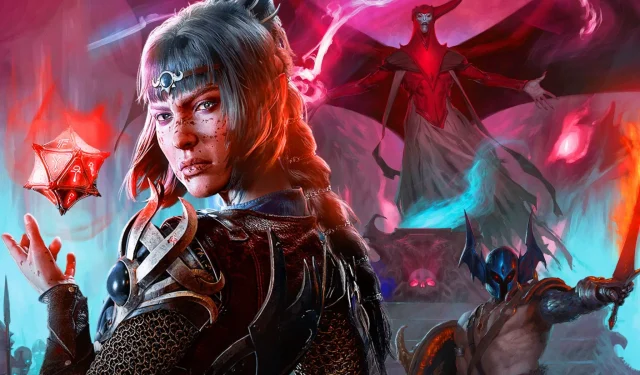
Baldur’s Gate 3 stands as a remarkable milestone in the realm of Dungeons & Dragons-themed video games. However, translating its various elements directly into a tabletop role-playing game (TTRPG) format can present challenges. While many aspects of Baldur’s Gate 3 offer excellent inspiration for Dungeon Masters (DMs) crafting their campaigns, some features may detract from the immersive experience that D&D is renowned for. A prime example is the Mind Flayer parasite storyline that unites the characters, providing a compelling motivation for collaboration amidst diverse backgrounds and moral compasses. Such strong inciting incidents are invaluable for enhancing players’ engagement in any D&D campaign.
It is essential to recognize that certain features from Baldur’s Gate 3, while entertaining in a video game context, may not translate well into traditional D&D gameplay. This observation doesn’t suggest these elements are inherently flawed; instead, they highlight the differences in mechanics between video games and tabletop role-playing. The real-life nature of TTRPGs often emphasizes storytelling and player involvement, which can be compromised when elements are borrowed too liberally from a video game format.
The Pitfall of Excessive Companionship
Overcrowding the Party with NPCs
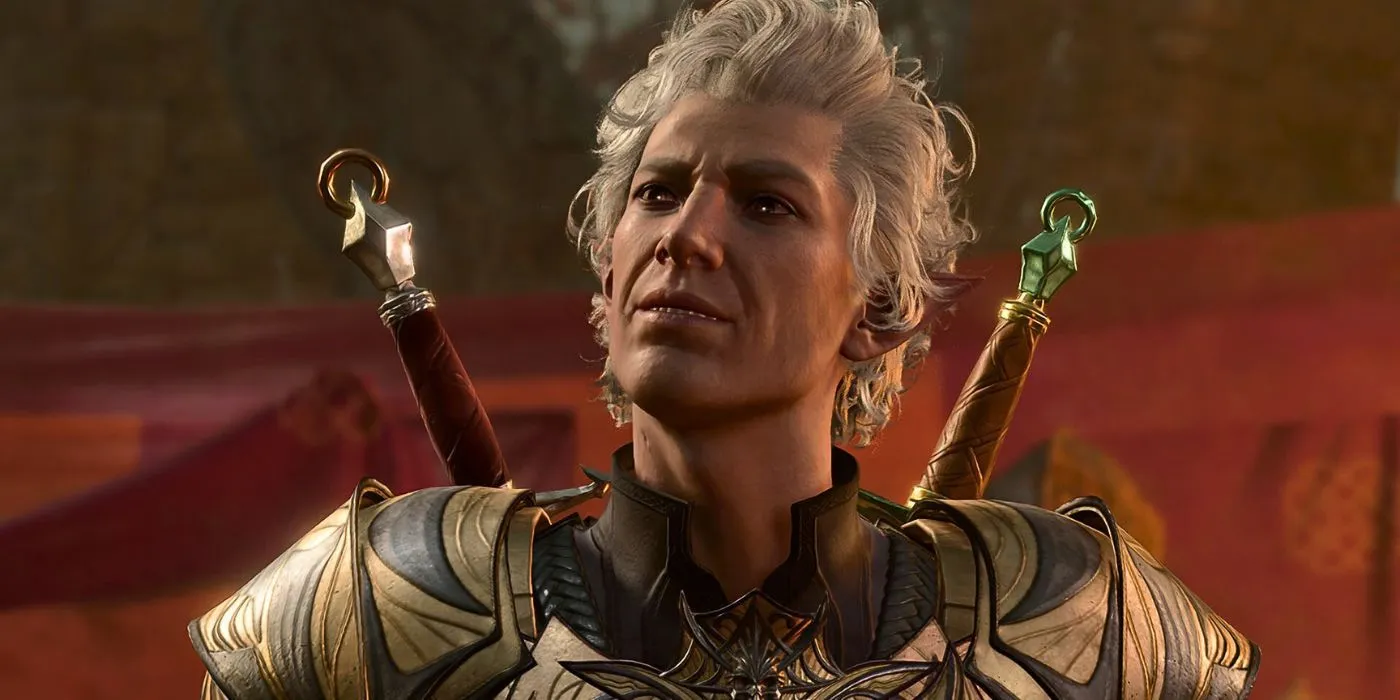
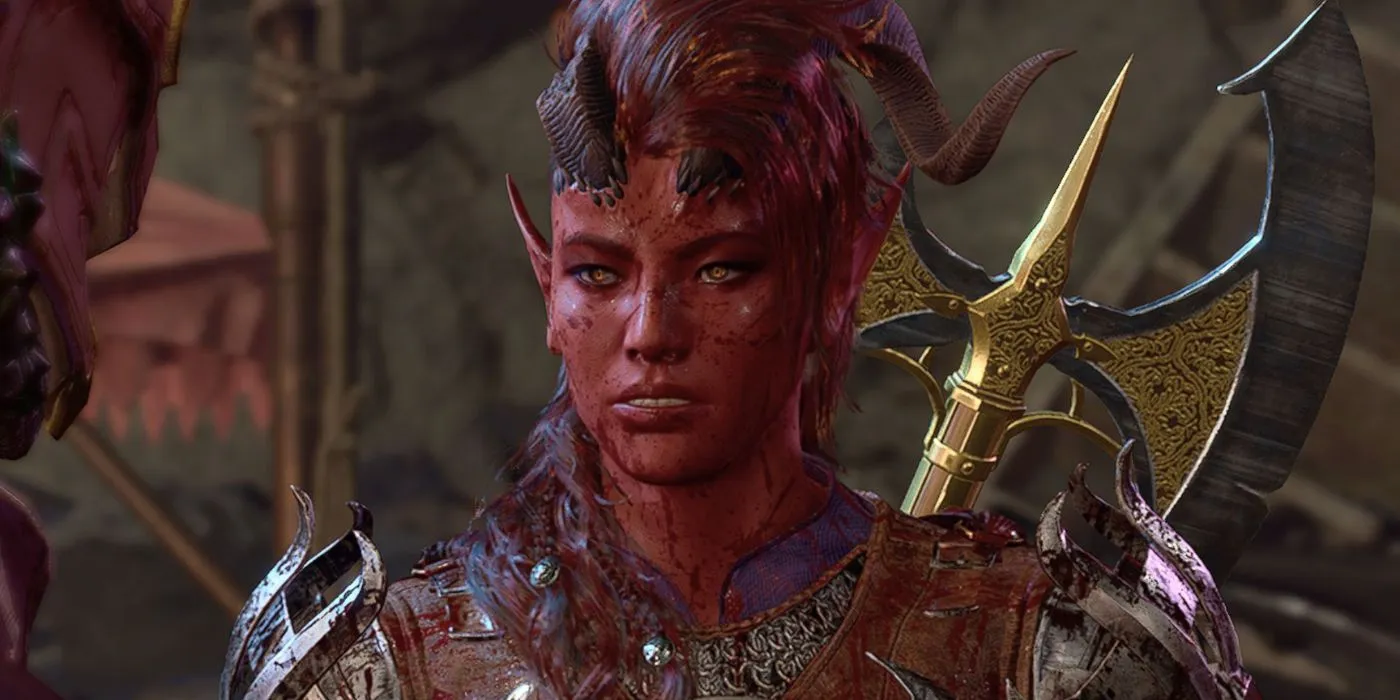

The companions in Baldur’s Gate 3 are among its standout features, providing delightful interactions and vibrant personalities, such as Astarion and Shadowheart. However, when designing a D&D campaign, DMs should be wary of replicating this dynamic by incorporating numerous NPC companions. The essence of party dynamics in Dungeons & Dragons should stem from player interactions. Flooding the party with NPCs can dilute these interactions, making it challenging for player characters to shine and for meaningful moments to emerge.
Moreover, since all NPCs are under the DM’s control, there’s a risk that gameplay can excessively revolve around one person’s actions, diverting attention from the entire group. To foster inclusive gameplay, DMs should limit the number of NPCs present during sessions, promoting a more equitable sharing of the spotlight.
Navigating Complex NPC Interactions
The Challenge of Multi-NPC Scenes
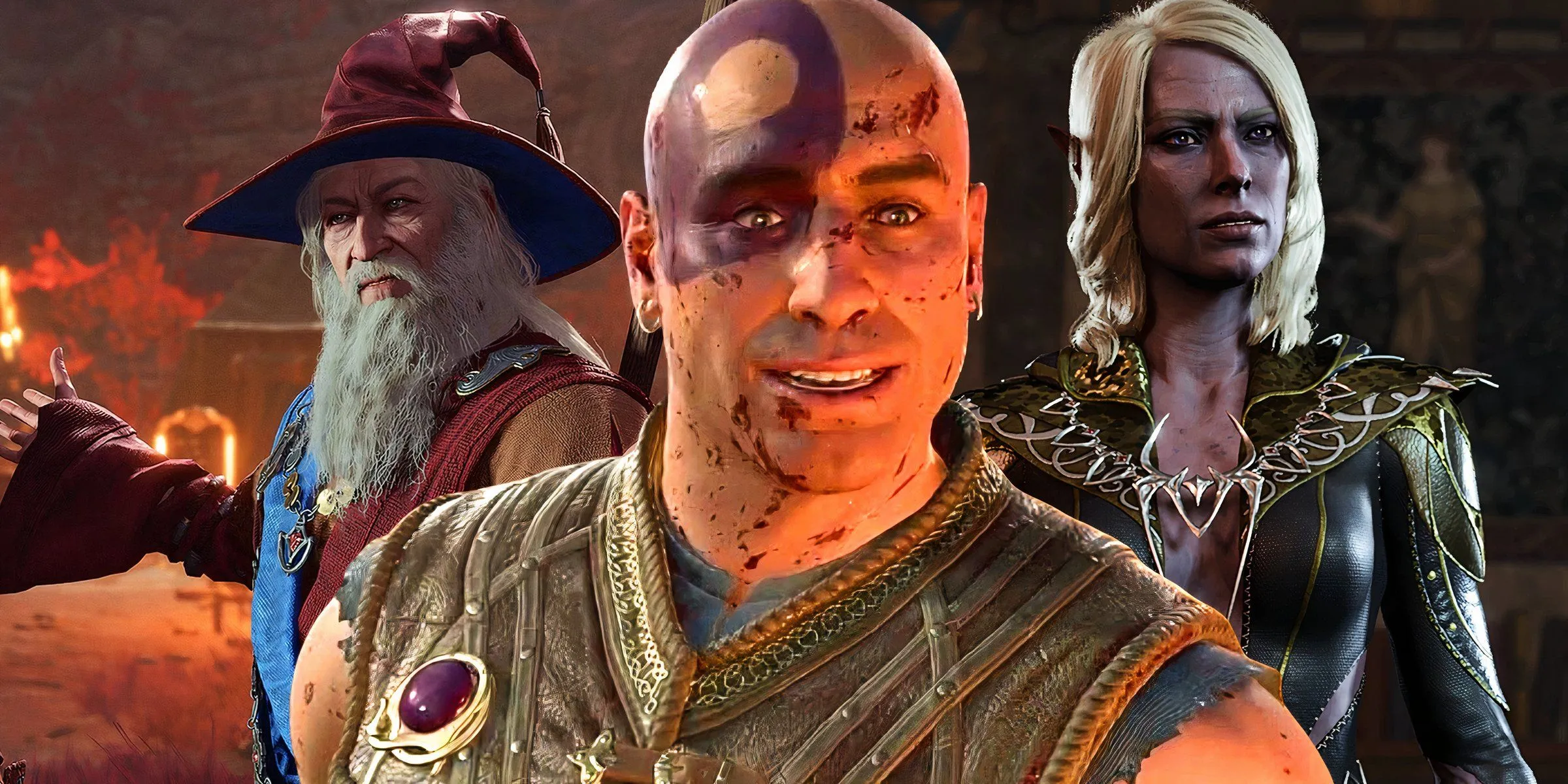
Similar to the issue of having too many companions, DMs should be cautious about crafting scenes that hinge significantly on NPC interactions. For example, climactic confrontations, such as Karlach’s encounter with Lord Gortash, are thrilling in Baldur’s Gate 3 but can feel less impactful in a TTRPG. When multiple NPCs engage in dialogue, DMs often find themselves alternating between roles, which might undermine the players’ immersion.
Such scenarios can become convoluted, especially when three or more NPCs are involved, requiring the DM to juggle multiple voices and perspectives. This complexity can generate confusion regarding characters’ motivations and responses, which can detract from player engagement. Instead, D&D narratives should prioritize organic storytelling, allowing players to influence the plot’s direction naturally.
Reconsidering Experience Point Leveling
The Drawbacks of XP Grinding
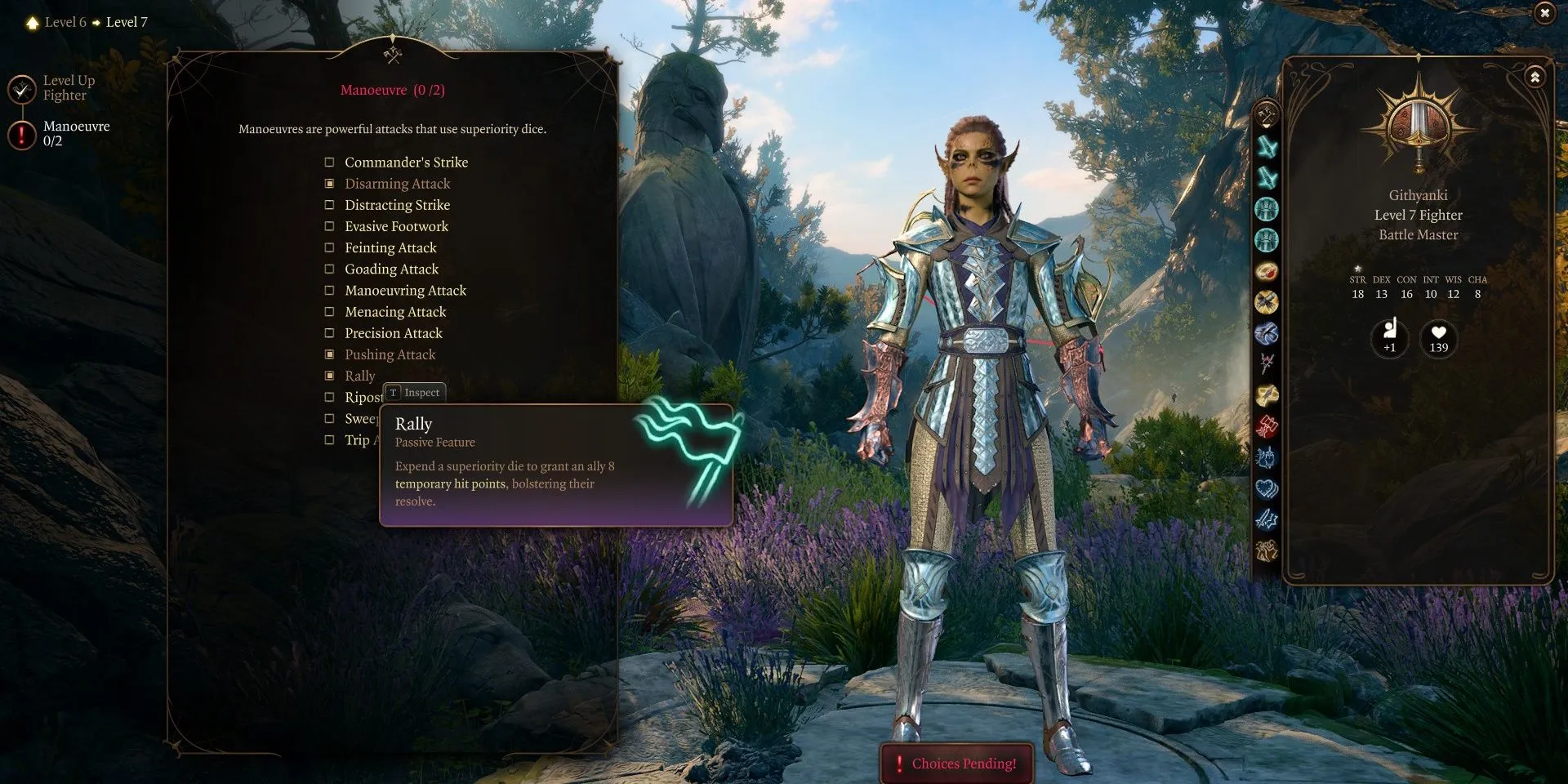
The narrative sophistication found in Baldur’s Gate 3 can be challenging to replicate on the tabletop, but one aspect worth careful consideration is the system of leveling characters through experience points (XP). While D&D traditionally allows for XP-based leveling, many DMs opt for milestone leveling, where progression is tied to the completion of significant narrative goals. This approach encourages players to remain engaged with their characters’ motivations rather than obsessively pursuing XP.
When players focus solely on grinding for experience—such as backtracking for random encounters or forcing combats for extra XP—it disrupts narrative flow and risks transforming a captivating tale into a series of mundane tasks. Such a shift diminishes the immersive experience of Dungeons & Dragons, taking away from the enjoyment of role-playing.
The Weight of Character Deaths
The Role of Easy Revivals
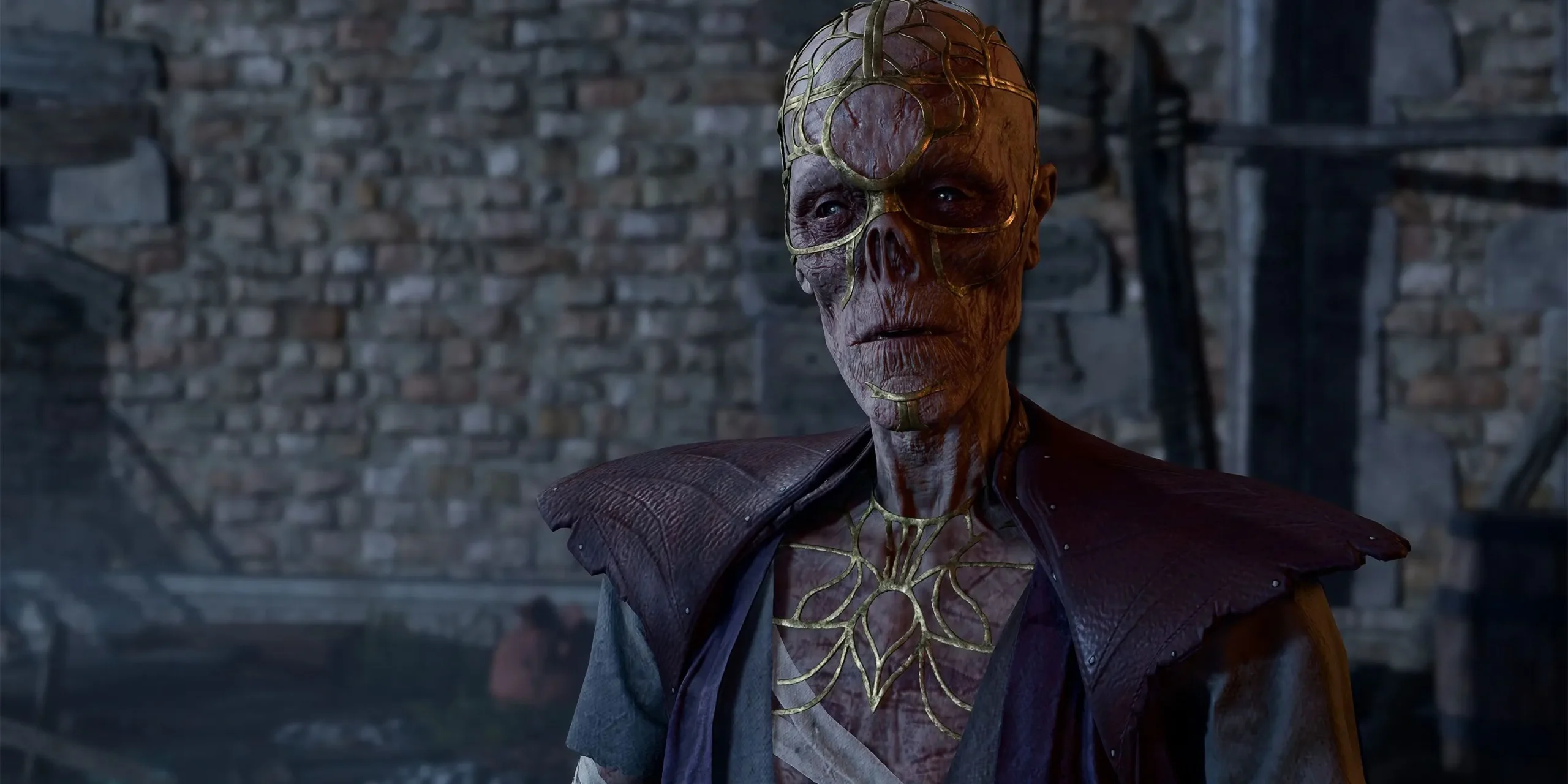
Baldur’s Gate 3 presents players with formidable challenges that can lead to difficult situations, such as character death. While the game’s revival mechanic via Withers alleviates the potential frustration of losing companions, it inadvertently diminishes the impact of such deaths. In D&D, the loss of a character can evoke strong emotions, driving the narrative forward in unexpected and poignant ways.
To keep the tension intact, players in a D&D campaign should embrace the gravity of character death. While revivals can serve as plot devices, easily resurrecting characters may lessen the stakes and emotional investment in encounters. Instead, the potential for death should spark new adventures, such as quests for resurrection, enhancing the overall narrative experience.
In summary, character deaths should remain impactful, with the potential for drama and excitement that enhances storytelling rather than detracting from it. By drawing lessons from the distinctive elements of Baldur’s Gate 3, Dungeon Masters can craft more compelling and engaging campaigns that resonate with all players.




Leave a Reply ▼